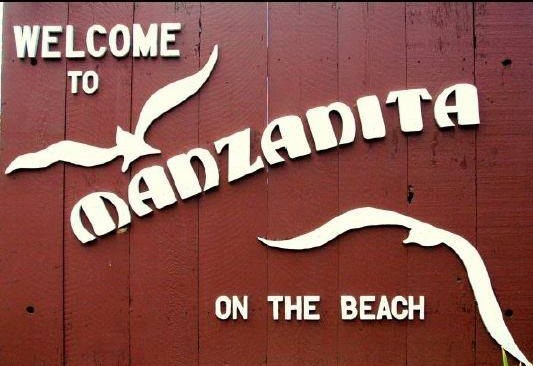By Kim Rosenberg
Just like the reclusive Varied Thrush that skirts my yard avoiding other birds, you almost never see more than one or two Councilors at the same time outside a public meeting, not because they’re antisocial but because of Oregon’s Public Meetings Law or OPML.
The law helps to ensure that decisions affecting the public are made in public where everyone interested can attend, be it in person or virtually. The 2019 Oregon Department of Justice Public Records and Public Meetings Handbook states that, “decisions of governing bodies be arrived at openly…which, among other things, provide that a governing body’s meetings and deliberations are open to the public, that the public has notice of the time and place of these meetings, and that the meetings are accessible to persons wishing to attend.” (ODOJ Handbook p. 136)
The DOJ’s definition of a meeting is, “the convening of any ‘governing body’ for which a quorum is required in order to make a decision or to deliberate toward a decision on any matter.”(ODOJ Handbook p. 141)
There are a whole lot of bodies mentioned in the OPML and it’s confusing. There are private bodies like you and me. There are public bodies like the City of Manzanita or the State of Oregon and then there are governing bodies, like Manzanita’s City Council.
Any “body” with the authority to make decisions for the public is a governing body, like say the Planning Commission; and so is any “body” that makes recommendations to a public body like the Short Term Rental Committee.
Manzanita’s Council is a governing body but in terms of OPML it means a quorum or 3 of the 5 councilors. The mayor is part of the council.
A quorum can’t meet privately to make decisions or discuss public business and a meeting can’t take place without a quorum. So two Councilors can meet up to talk about city business as long as there isn’t a quorum and in fact, that’s how policy is developed. For instance, during the previous council, Councilor Spegman met with Mayor Scott to discuss freezing the cap on short-term rentals. They talked with the City Manager who got information from the City Attorney and the topic was placed on the work session agenda for the next month’s council meeting. Scott and Spegman didn’t talk to the other councilors about it, which would have created a quorum and been a violation of OPML. At the work session, the entire council deliberated in order to reach a decision, which was voted on at the regular meeting.
The revenue diversification process started in much the same way–two councilors met with a private citizen to talk about where our money comes from. The councilors met with the City Manager to figure out what next steps should be to bring it to the council. It was placed on the work session agenda for the next regular meeting and the entire council weighed in.
It’s important that councilors be able to work together to develop policies. Different people with different experiences and skills give us better ideas. They just have to be careful that they don’t cross the quorum line.
Meetings can also take place via phone calls and emails, if they are between a quorum of councilors. A councilor can’t be emailing two other councilors about an issue. This is called serial communications and I don’t mean Captain Crunch.
“A governing body risks violating meetings law through a series of private communications even if a quorum isn’t involved in any single communication. …the determinative factors are whether a sufficient number of officials are involved, what they discuss, and the purpose for which they discuss–not the time, place or manner of their communications.” (DOJ Handbook p. 143 my italics)
The long and short of it is, that any gathering of the governing body to make a decision, discuss or deliberate on a decision, which requires a quorum, is a meeting and subject to OPML. Even meetings that are just to gather information fall under the OPML requirements.
But if there’s no quorum, there’s no meeting. If Councilors are discussing stuff they have no authority to make a decision on, there’s no meeting. If they’re just talking about the last episode of Ozark or March Madness or any other topic not related to the city, none of those meet-ups are meetings.
Meetings between the City Manager and councilors to discuss city business don’t count as public meetings because the City Manager is not a member of the Council. Our City Manager meets with each councilor regularly to keep them informed and help them achieve the goals they set for their terms in office.
It makes sense that the work sessions don’t allow public comment because it’s the only time and place when our whole council can really discuss the things they’ll vote on. They discuss and deliberate at the workshop and vote at the regular meeting when they’ve reached a consensus.
All these rules aim to keep the handprints off the windows so folks on the outside can see in when decisions that affect us are made.


